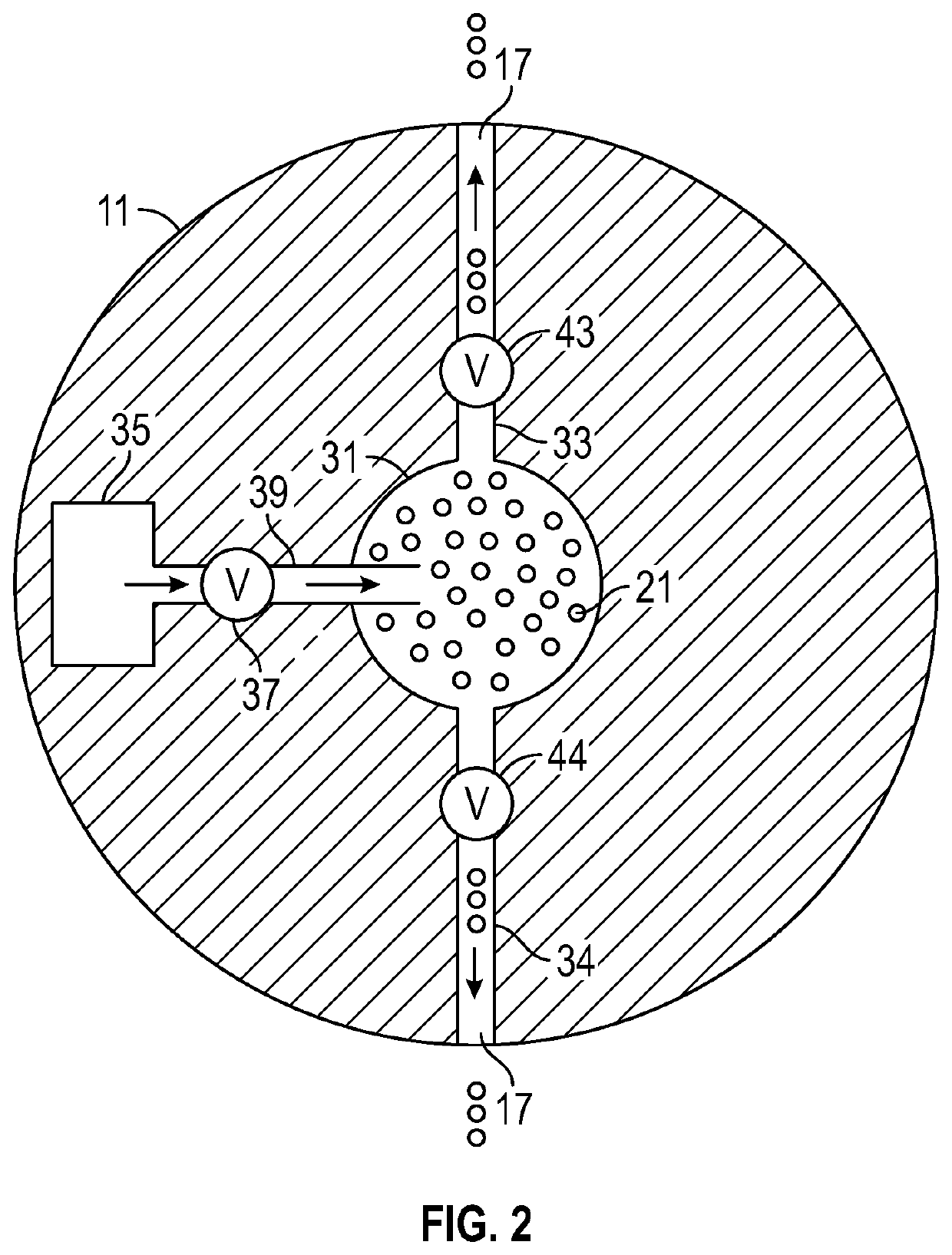Spacecraft collision-avoidance propulsion system and method
a propulsion system and spacecraft technology, applied in the field of spacecraft collision avoidance propulsion system and method, can solve the problems of existing debris continuing to represent a danger, satellites out of operation, collision fragments that represent an ongoing threat,
- Summary
- Abstract
- Description
- Claims
- Application Information
AI Technical Summary
Benefits of technology
Problems solved by technology
Method used
Image
Examples
Embodiment Construction
lass="d_n">[0019]With reference to FIG. 1, one technique is to project the fusion target material outward from a spacecraft 11. In the example shown, the spacecraft 11 is a satellite, but other types of spacecraft can also have need of collision-avoidance propulsion systems. The satellite 11 can be powered by solar panels 15 (or alternatively, some internal power source) for its primary mission needs, but also for space object detection and external communication for ground-based collision warning. When an indication of an impending potential collision is detected or received, the collision-avoidance propulsion system will be activated to supply a desired change in trajectory to the satellite or other spacecraft 11.
[0020]For this purpose, a supply of deuterium-containing micro-fusion “fuel” material is provided, which can be solid Li6D in powder form, D-D or D-T inertial-confinement-fusion-type pellets, D2O ice crystals. When thrust is needed, one shoots “fuel” pellets 21 as a serie...
PUM
 Login to View More
Login to View More Abstract
Description
Claims
Application Information
 Login to View More
Login to View More - R&D
- Intellectual Property
- Life Sciences
- Materials
- Tech Scout
- Unparalleled Data Quality
- Higher Quality Content
- 60% Fewer Hallucinations
Browse by: Latest US Patents, China's latest patents, Technical Efficacy Thesaurus, Application Domain, Technology Topic, Popular Technical Reports.
© 2025 PatSnap. All rights reserved.Legal|Privacy policy|Modern Slavery Act Transparency Statement|Sitemap|About US| Contact US: help@patsnap.com



